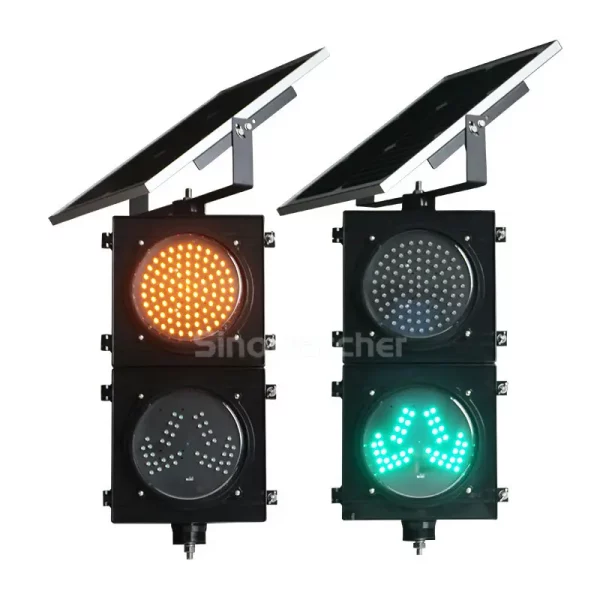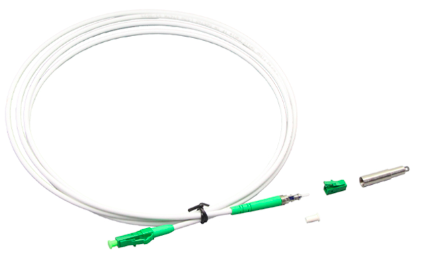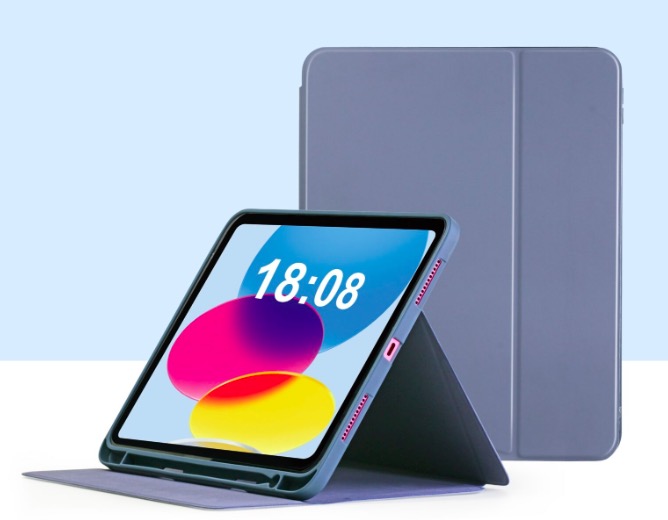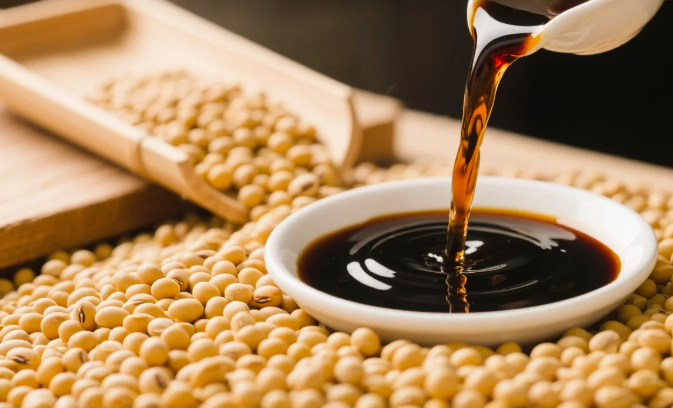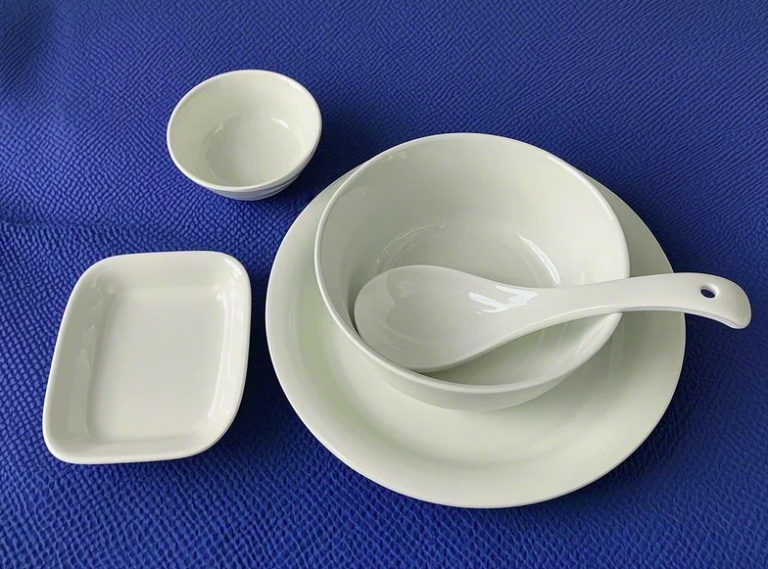目录
ToggleBarcode thermal transfer printing has become a cornerstone of modern automatic identification and data capture systems. Unlike direct thermal printing, which relies on heat-sensitive media that darkens when heated, thermal transfer printing employs a heated printhead to transfer ink from a ribbon onto a substrate.
This distinction means that direct thermal printing typically produces images that are prone to fading over time and can be sensitive to environmental factors such as sunlight and high temperatures. In contrast, barcode thermal transfer printing generates durable, high-resolution graphics that withstand harsh conditions, making it ideal for applications requiring long-lasting readability and resistance to abrasion.
The Working Principle of Thermal Transfer Printing
In barcode thermal transfer printing, the process begins when the printer’s thermal printhead selectively heats microscopic elements on the printhead surface. These heated elements make contact with a ribbon coated in ink—commonly composed of wax, resin, or a wax–resin blend—and melt microscopic droplets of ink. The molten ink is then transferred and bonded to the substrate, creating crisp, high-contrast barcode images.
Ribbon Composition and Quality:
- Wax ribbons contain a soft ink formulation that melts easily, offering cost-effective printing for applications with moderate durability requirements.
- Resin ribbons comprise harder polymer-based inks that yield highly resistant prints, suitable for chemical exposure and extreme outdoor environments.
- Wax–resin ribbons strike a balance, delivering improved scratch and chemical resistance over wax ribbons while remaining more economical than pure resin ribbons.
Advancements in barcode thermal transfer printing ribbon technologies—such as enhanced resin formulations and optimized melting points—have further elevated print quality, ensuring barcodes remain scannable and compliant with industry standards even after prolonged exposure to challenging environments.

Main Components of a Thermal Transfer Printer
Key components of barcode thermal transfer printing printers include:
Thermal Printhead:
A precision heating element array that delivers controlled bursts of heat. Each element (pixel) heats individually to achieve variable resolution and image density. Proper calibration of the printhead temperature is crucial to ensure consistent ink transfer without damaging the substrate.
Ink Ribbon Unwinding Mechanism (Ribbon Unwinder):
Holds the supply of ribbon in a fixed position and feeds it smoothly across the printhead. Tension control in the unwinding mechanism helps maintain an even ribbon feed, preventing wrinkles or misalignment during printing.
Substrate Unwinding Mechanism (Media Unwinder):
Accommodates rolls of substrate material—such as synthetic films, coated papers, or specialized tags—feeding them accurately through the print zone.
Platen Roller:
Positioned beneath the media path, the platen roller applies consistent pressure against the printhead, ensuring close contact between the ribbon and substrate for uniform ink transfer.
Ribbon Take-Up Spindle:
Collects the spent ribbon after ink transfer, winding it onto a separate spindle. Proper tension on the take-up spindle prevents slack or ribbon tearing.
Ribbon Presence Sensor:
Detects whether the ribbon is correctly loaded and aligned, pausing printing if the ribbon runs out or becomes misaligned.
End-of-Ribbon Sensor (Empty-Spool Sensor):
Monitors the ribbon’s remaining length and halts printing when the ribbon is exhausted, avoiding blank prints and preventing potential damage to the printhead.
These components work in unison to deliver reliable, high-speed printing suitable for a wide range of industrial, retail, and healthcare applications.
Composition of the Substrate
A typical substrate used in barcode thermal transfer printing comprises multiple layers designed to facilitate ink adhesion, structural integrity, and processing convenience:
- Release Liner: A paper or synthetic backing that protects the adhesive until the printed media is applied to the final surface. The release liner peels away smoothly, enabling efficient downstream handling.
- Adhesive Layer: Positioned between the release liner and the printable surface, the adhesive ensures that printed media adheres securely to diverse surfaces—ranging from smooth metal and plastic to corrugated cardboard. Adhesive selection depends on factors such as application temperature, surface texture, and required removal characteristics.
- Printable Facestock (Substrate): The facestock is the layer that receives the ink. It may consist of coated papers, polypropylene, polyester, or polyimide films. Coating formulations include special resins and additives to enhance ink bonding and improve the sharpness of barcode edges.
- Topcoat: Some facestocks feature an additional topcoat that provides extra protection against scratches, moisture, and chemical exposure. This layer can enhance the durability of the printed barcode in demanding environments.
Understanding substrate composition in barcode thermal transfer printing helps users select the right media for their specific operational requirements—whether it’s high-temperature resistance in manufacturing or solvent resistance in chemical processing.
Summary
Overall, barcode thermal transfer printing stands out for its ability to produce high-resolution, durable barcodes that endure challenging conditions without the risk of premature fading or smudging.
By leveraging a precise thermal printhead, specialized ribbon formulations, and carefully engineered substrates, this technology supports diverse industrial, logistics, and healthcare use cases.
Users can achieve optimal performance by choosing the right combination of wax, resin, or wax–resin ribbons and substrate materials tailored to their environmental and durability needs.
0


